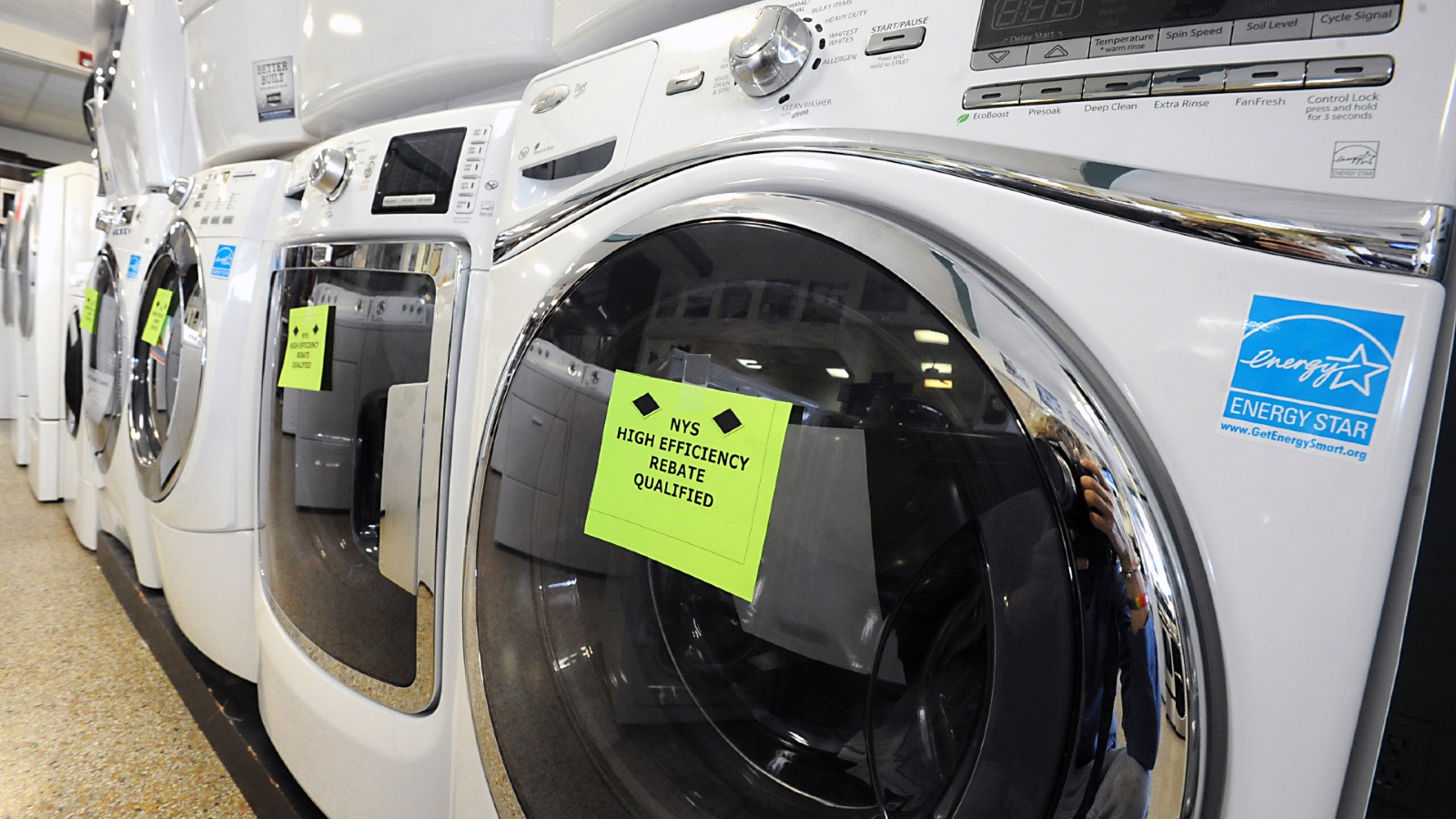Now Reading: Unlikely Coalition Rallies to Protect Energy Star Labels on Appliances
-
01
Unlikely Coalition Rallies to Protect Energy Star Labels on Appliances
Unlikely Coalition Rallies to Protect Energy Star Labels on Appliances

Swift Summary
- The U.S. Environmental Protection Agency’s (EPA) potential move too eliminate the Energy Star program has sparked opposition from both environmental and industry groups.
- Energy Star, a government-funded labeling system established in 1992, helps consumers identify energy-efficient products, saving $40 billion annually in energy costs and preventing over 4 billion tons of greenhouse gas emissions.
- Industry organizations, including the American Chemistry Council and National Association of Home Builders, have joined environmental groups like the Sierra Club in defending the program despite their usual differences on regulatory issues.
- Around one-quarter of U.S.commercial buildings utilize Energy Star tools like the Portfolio Manager to track energy use and meet local regulations for efficiency standards.
- Nearly 50 cities and a few states rely on Energy Star for enforcing energy-efficiency compliance; no adequate replacement exists if it is indeed eliminated or privatized.
- A study indicates Energy Star certification increases building rents without altering utility costs but still appeals to organizations preferring voluntary measures over stricter mandates.
- Congress has shown bipartisan support by proposing funding between $32-$36 million for Energy Star, contrasting wiht White house interest in defunding.
Indian Opinion Analysis
The ongoing debate over the future of America’s widely-used Energy Star program highlights its significance as both an economic and environmental tool. For India-a country grappling with balancing industrial growth with ambitious sustainability goals-the implications are worth noting. Programs like this demonstrate how government-driven incentives can simultaneously cut consumer costs while curbing carbon emissions through voluntary measures rather than strict mandates.
India could draw lessons from the collaboration observed here between disparate factions such as industries prioritizing profitability alongside environmental groups promoting decarbonization. Such alliances might inform strategies within India’s burgeoning renewable energy sector or promote broader adoption of sustainable building certifications akin to Leadership in Energy & Environmental Design (LEED).
Should America retreat from this model due to political considerations or funding cuts, it risks losing a globally recognized example of public-private synergy driving meaningful climate action-a space where othre nations like India might instead choose to lead.
























